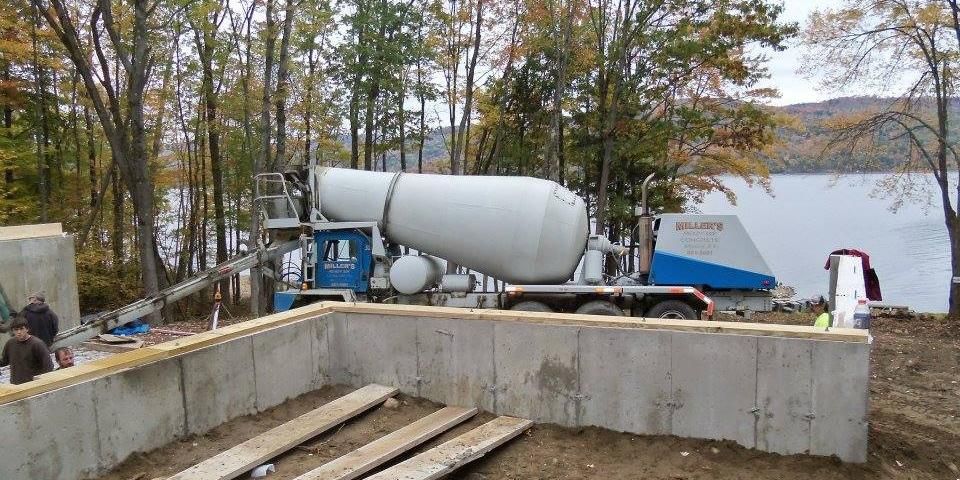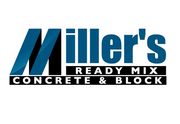
MOISTURE IN CONCRETE FLOORS
CONCRETE IS LIKE A SPONGE: To many, concrete appears to be dry, solid and impermeable. But in truth, concrete more closely resembles a very hard sponge. The concrete matrix includes thousands of tiny pores that are filled with water when the concrete is placed. As the hydration reaction consumes some of the liquid water and as concrete near the surface evaporates, the pores dry out. The liquid water may be gone but there is always some level of water vapor in the pores-just like in the air around us.
ALLOW CONCRETE TO DRY COMPLETELY: Interior concrete floors that are going to have a flooring material installed must be as dry as possible prior to installing the flooring. The moisture coming from the concrete floor will cause adhesives to liquefy, will delaminate flooring materials or coatings, and can cause mildew in carpeting. This problem can be eliminated by allowing the floor enough time to dry out and by making sure there is an impermeable vapor barrier directly below the concrete slab.
The vapor barrier prevents moisture in the soil below the slab from moving into the floor.
After the liquid water in the slab is gone, water vapor (moisture) continues to diffuse through a slab without a vapor barrier – it is an open system. Since there will nearly always be moisture below the slab at a higher vapor pressure (higher relative humidity) than above the slab, the slab can never dry out. If an impermeable floor is installed atop the concrete (such as vinyl sheeting or a coating), the moisture will accumulate below and can delaminate the floor. With a nearly impermeable (low permeance) vapor barrier installed below the concrete slab, moisture from the soil cannot move up into the slab- we have created a closed system.
The moisture in the concrete eventually will evaporate into the air and unless there is some external source of moisture (such as a broken pipe) water cannot accumulate, even below an impermeable floor.
When a concrete slab is placed directly on a vapor barrier, slab curling or warping can be worse due to differential drying. Good concrete design, mostly a low water content, can minimize this curling. But some curling is a small price to pay to eliminate moisture problems with concrete floors. Always use a vapor barrier beneath a concrete floor.
Hope this was an informative reading!
About the Business
(33 reviews)
Have a question? Ask the experts!
Send your question

